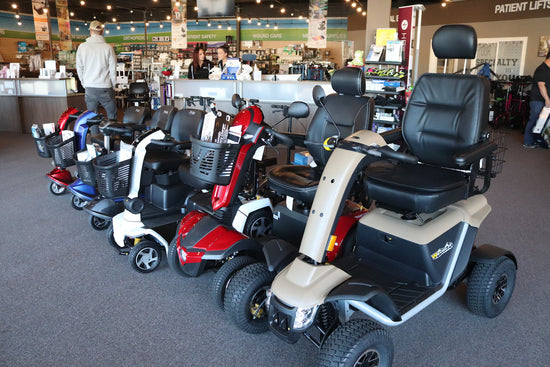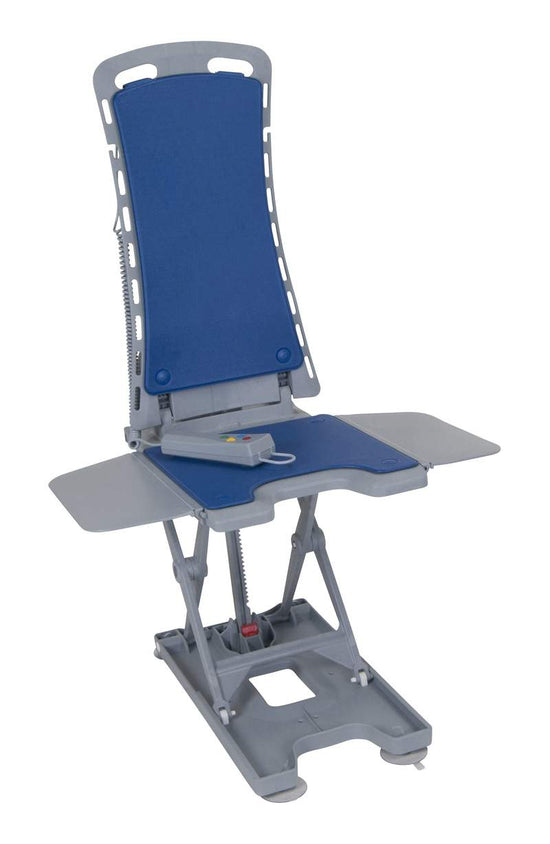General Adaptations for the Entire Home
Adapting the entire home is a critical step in ensuring seniors can age in place safely and comfortably. Key modifications focus on improving accessibility, reducing risks, and enhancing everyday functionality. For instance, upgrading to non-slip flooring throughout the home can significantly reduce the risk of falls—a leading concern for older adults. Additionally, removing tripping hazards like loose rugs and cluttered pathways helps create a safer environment.
Lighting plays a crucial role in visibility and navigation. Consider adding motion-sensor lights in hallways, bedrooms, and bathrooms, as well as increasing overall brightness in commonly used areas. Nightlights in pathways to bathrooms and kitchens can also aid late-night mobility.
Accessibility improvements include widening doorways to at least 36 inches to accommodate mobility aids, such as wheelchairs or walkers. Replacing standard round door knobs with lever-style handles makes entryways easier to use for those with limited hand strength or arthritis. Similarly, replacing toggle light switches with rocker-style versions simplifies operation.
These seemingly small updates collectively create a supportive home environment. By addressing these general modifications, caregivers and seniors can ensure the home adapts to changing needs, fostering both independence and peace of mind.
Bathroom Safety and Accessibility
The bathroom is often one of the most hazardous areas for seniors, but thoughtful adjustments can make it significantly safer and more accessible. Installing grab bars near the shower, bathtub, and toilet is a crucial step. These provide stability and reduce the risk of falls, especially when navigating slippery surfaces. For added safety, replace traditional bathmats with thin, rubberized non-slip mats inside and outside the shower.
Walk-in showers or low-threshold curbless showers are excellent upgrades for seniors. They eliminate the need to step over a bathtub edge, reducing the likelihood of accidents. Adding a built-in bench or shower chair offers additional support for those with balance issues. Handheld showerheads, especially when paired with these seating options, allow for a more convenient and secure bathing experience.
To enhance accessibility, consider raising the toilet seat or replacing it with a comfort-height model. These adjustments minimize strain on the knees and back while providing better ease of use. Another small but impactful change is ensuring pathways to the bathroom are well-lit with nightlights.
Implementing these modifications not only prevents injuries but also fosters greater independence and confidence for seniors, ensuring their bathroom remains a safe and user-friendly space.
Kitchen Adjustments for Safety and Efficiency
The kitchen is a central part of any home, but it can also present significant safety challenges for seniors. Thoughtful modifications can improve both safety and efficiency, ensuring the space remains functional and easy to use as needs evolve. One critical upgrade is replacing slippery or waxed flooring with non-slip materials, such as textured vinyl or rubber, to reduce the risk of falls. Adding rugs with non-skid backings in areas prone to spills, such as near the sink, offers additional traction.
Accessible storage solutions are also essential. Install pull-out shelves or corner organizers to make reaching items easier, especially in lower cabinets. Frequently used kitchen tools and groceries should be stored at waist height to minimize the need for bending or using step stools. D-shaped cabinet pulls are another practical improvement, particularly for those with arthritis.
Smart appliances enhance usability and safety. For example, induction cooktops reduce burn risks because they heat only the cookware, not the surface. Similarly, touchless faucets and motion-sensor lights can simplify everyday tasks while reducing strain.
By focusing on these adjustments, the kitchen becomes a safer, more efficient place for seniors to cook and perform other essential tasks, supporting their independence and confidence in their home.
Living Room Design for Comfort and Mobility
The living room is often a focal point for relaxation and socializing, so creating a space that prioritizes comfort and mobility is essential for seniors. By incorporating thoughtful updates, you can transform the room into a safe and accessible environment.
-
Furniture Arrangement
Organize the space to allow clear, wide pathways for easy navigation. Remove unnecessary clutter and ensure there’s enough room for mobility aids like walkers or wheelchairs. Position furniture to provide stability; for example, place sturdy tables or consoles within easy reach of seating areas. -
Furniture Selection
Opt for chairs and sofas with high backs, firm cushions, and sturdy armrests to make sitting and standing easier. Avoid low-set or overly soft furniture that may be challenging to use. Recliners with easy-to-operate controls are a great addition for seniors seeking extra comfort. -
Lighting Enhancements
Ensure the room is well-lit with a combination of overhead, natural, and task lighting. Use table lamps or motion-sensor lighting for added convenience. Remote-controlled lighting systems can minimize the need for unnecessary movement. -
Safe Flooring
Replace slippery flooring with non-slip materials such as textured vinyl. Secure rugs with non-skid mats to prevent tripping hazards, or avoid using rugs altogether.
These adjustments ensure the living room remains accessible, reduces risks, and supports independence, while still providing a cozy and welcoming atmosphere for all.
Bedroom Considerations for a Restful and Safe Space
Creating a safe and comfortable bedroom is key to ensuring seniors can enjoy independent and restful nights while minimizing risks of accidents. By focusing on a few essential modifications, the bedroom can become a sanctuary of safety and relaxation.
-
Invest in an Adjustable Bed
Adjustable beds allow seniors to sit up or lie down with ease, reducing strain and enhancing comfort. Height adjustments also make transfers to and from a wheelchair or walker more manageable. Adding sturdy bed rails provides extra support and prevents falls during the night. -
Enhance Lighting
Install motion-sensor nightlights to ensure safe navigation during nocturnal trips to the bathroom. Use bedside lamps with large, easy-to-reach switches or touch controls for added convenience. Consider equipping ceilings with dimmable lights to adapt to different times of day. -
Improve Flooring
Replace slippery flooring with non-slip options like low-pile carpet or textured vinyl. Remove throw rugs or secure them with non-slip backing to eliminate tripping hazards. -
Keep the Area Organized
Tidy up clutter such as electrical cords or loose items. Use a designated charging station to organize frequently-used devices, and position bedside tables within easy reach to avoid overextending.
These thoughtful updates not only prevent falls but also ensure the bedroom is a peaceful, functional space where seniors can relax without worry.
Entryways and Outdoor Access
Ensuring safe and accessible entryways is a vital aspect of preparing a home for aging in place. A well-designed entryway minimizes fall risks and enhances mobility, allowing seniors to confidently get in and out of their homes. Below are key considerations for optimizing entryways and outdoor access.
-
Install Ramps
Replace steps with ramps to accommodate wheelchairs, walkers, and other mobility aids. Choose a gentle slope for ease of use and ensure ramps have handrails on both sides for additional support. Non-slip surfaces, such as textured composite materials, provide extra safety during wet or icy conditions. -
Upgrade Lighting
Bright, motion-sensor lights around doorways and along pathways ensure visibility during the evening hours. Solar-powered lights are an energy-efficient way to illuminate outdoor areas without complex installations. -
Add Grab Bars
Install skid-proof grab bars near entry doors for stability while opening or closing doors. These features are particularly helpful for individuals with balance difficulties. -
Improve Surfaces
Repair uneven sidewalks and driveways, and ensure thresholds are low and smooth to prevent tripping hazards. Non-slip mats at entry points add an additional layer of safety.
For expert solutions and safety equipment like grab bars and ramps, visit Everything Medical. They offer a wide range of products to create senior-friendly homes and support successful aging in place.




